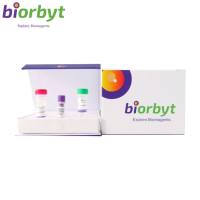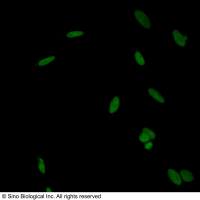An accurate and sensitive detection of catalytic activation of poly(ADP-ribose) polymerase-1 (PARP-1) is required to be performed in a wide variety of samples because this activity plays a role in various cellular responses to DNA damage ranging from DNA repair to cell death, as well as in housekeeping functions, such as transcription. Since PARP-1 gene is expressed constitutively, its activation cannot be surmised from increased expression of its mRNA or protein, but by demonstrating the consequences of its catalytic �reaction which results in consumption of the substrate nicotinamide adenine dinucleotide (NAD+ ) and formation of three products, namely, polymer of ADP-ribose (pADPr or PAR), nicotinamide, and protons. Here, we describe various approaches commonly used in our laboratory for detection of PARP-1 activation in vivo (cells, tissues, and tumors), in situ, and in vitro via assessment of formation of pADPr, depletion of the substrate NAD, or formation of protons resulting in rapid and reversible intracellular acidification. It is important to note that although some other members of the PARP family can carry out the same catalytic reaction, many of these assays largely reflect PARP-1 activation in a vast majority of the experimental circumstances and more specifically in DNA damage responses. However, if required, PARP-1-specific action should be confirmed by use of PARP-1 knockout or RNAi-mediated knockdown approaches.






